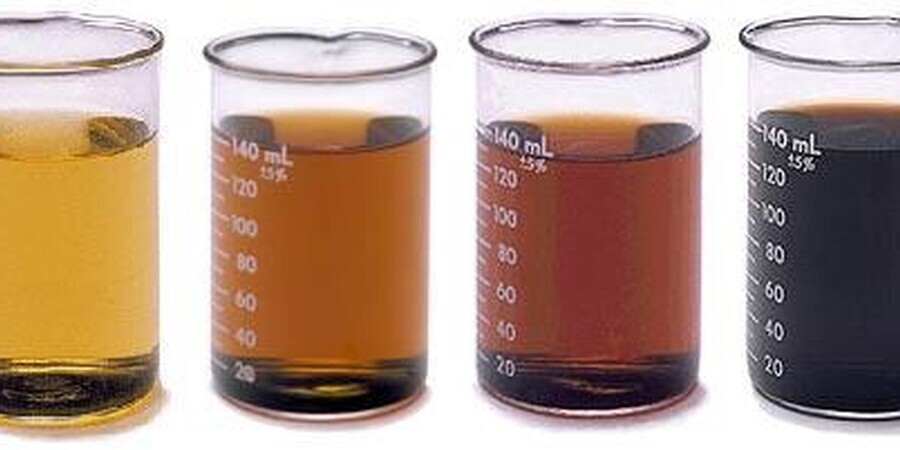Philadelphia, PA - Among the most frequently and controversially whiskey debates is dyed: Scotch. It turns out individual whiskeys can be colored for their optical color.
![]() Surprising to you, right? Considering the love and strictness that goes into Scotch production, it all might end with a dash of food coloring? But it’s real. According to the Scotch Whisky Act of 2009, which determines and updates standards for Scotch composition, Scotch was and remained a spirit “to which no substance has been added except (i) water; (ii) simple caramel coloring; or water and simple caramel coloring.” Scots are considerably serious about their whiskey regulations, and for now, it seems like caramel is fair game.
Surprising to you, right? Considering the love and strictness that goes into Scotch production, it all might end with a dash of food coloring? But it’s real. According to the Scotch Whisky Act of 2009, which determines and updates standards for Scotch composition, Scotch was and remained a spirit “to which no substance has been added except (i) water; (ii) simple caramel coloring; or water and simple caramel coloring.” Scots are considerably serious about their whiskey regulations, and for now, it seems like caramel is fair game.
But as always in real taste perception, opinions alternate. But what about American whiskeys? Again, according to the Alcohol and Tobacco Tax and Trade Bureau in the United States, certain whiskeys can customize up to 2.5% caramel coloring in the complete product (they even have an attractive, incredibly perplexing chart for referencing the process). The regulation gets somewhat more flustering, though, with coloring allowed as a factor of “established trade usage” (basically determining the rules based on how a spirit’s typically been processed?). Fortunately, the TTB themselves actively clarified things, so to speak, telling whiskey makers, “you may not increase caramel or caramel coloring or flavor to Bourbon.” That indicates any bourbon be it regular or “straight” (aged at least a minimum of two years), and gets its color from the barrel, nothing else.
This same regulation goes for rye, corn, and wheat whiskeys, but only if they’re categorized as “straight whiskey.” Speaking of labels, in most countries (including the U.S.), Scotch whiskeys don’t have to state if they use caramel coloring (Germany demands it be on the label). Perhaps the essential debate, though, is whether caramel coloring impacts taster. So while you may be capable of imparting if your rye includes caramel coloring since it’s not labeled “straight rye,” your Scotch is anyone’s suspect.
A recent taste experiment by ten staffers at Master of Malt seems to allude to that it doesn’t. And they’re getting a bit hot, with some grievance from seriously tuned-in consumers to discontinue coloring and chill-filtration (that’s another story). But the occasional—or recently interested—Scotch drinker might have no idea his Single Malt is russet brown and not, say, light hay-colored. We like to pay more for things with a beautiful dark brown caramel tan.
Also, See.
- Small-Batch Whiskey Made at Camden Nj's Cooper River Distillery
- What Makes Whiskey Bourbon and Different from Whisky
- Jim Beam New Premium Take On Rye Whiskey Staple
- Whiskey Stones Gift Ideas For the Whisky Drinker
- Jim Beam Apple The Latest Flavored Whiskey
- Science of Whiskey Drinking


